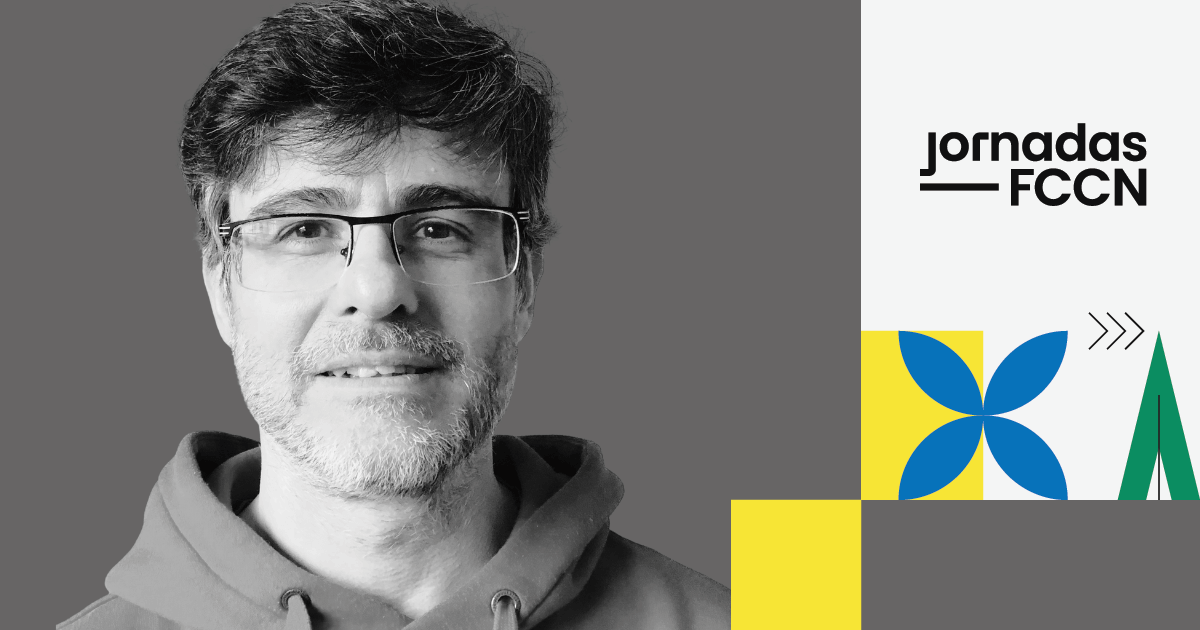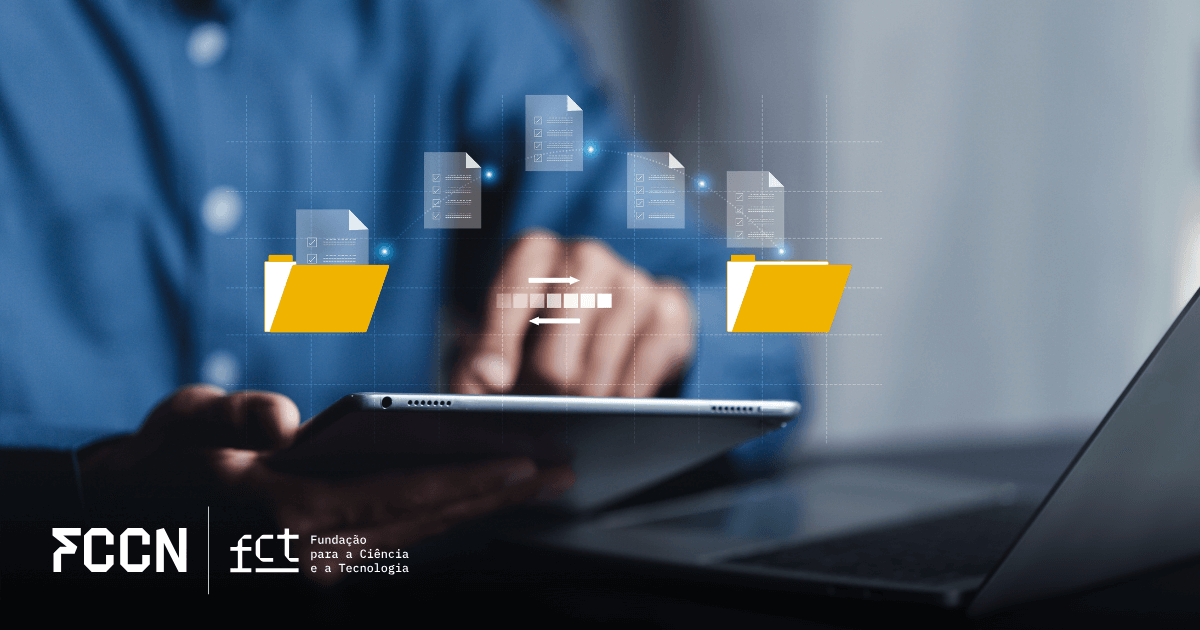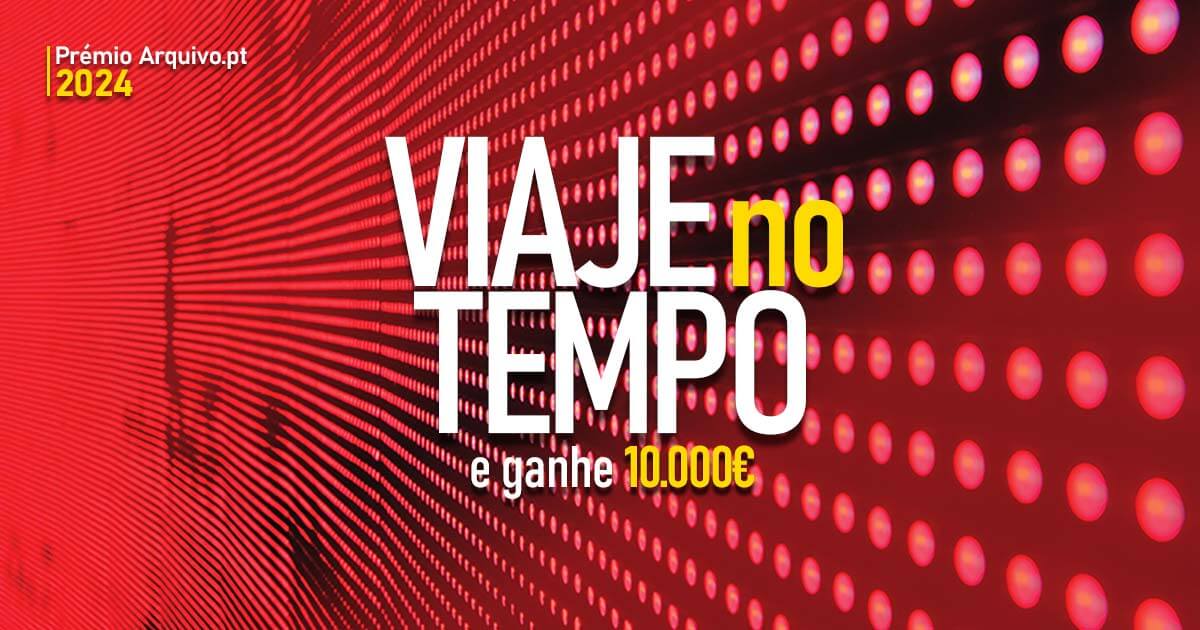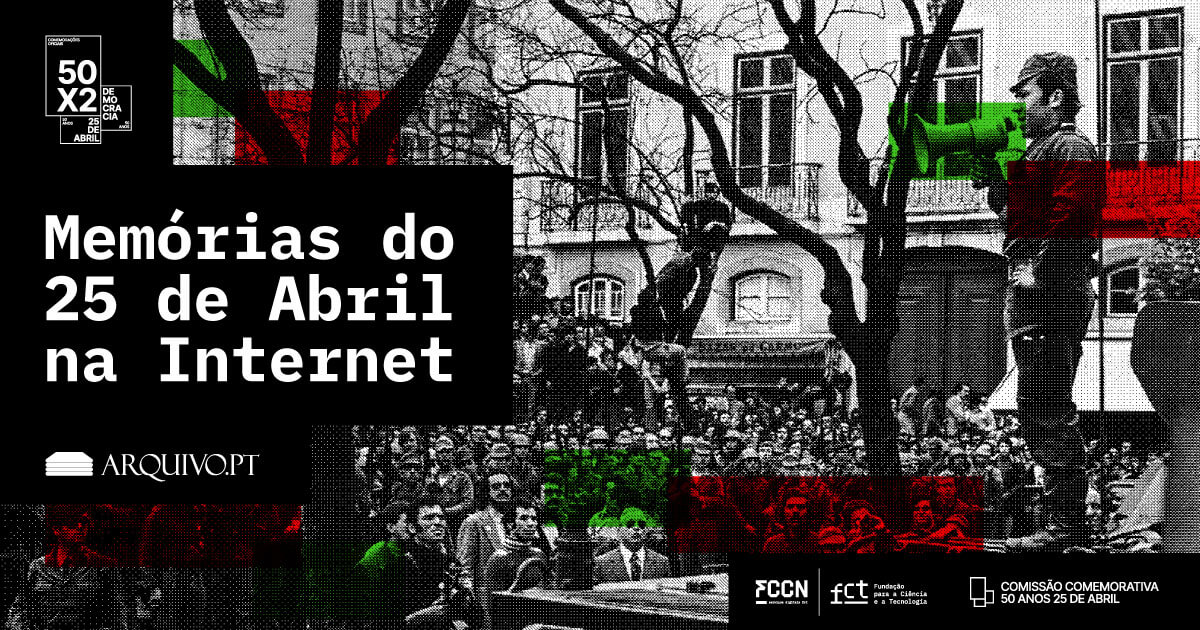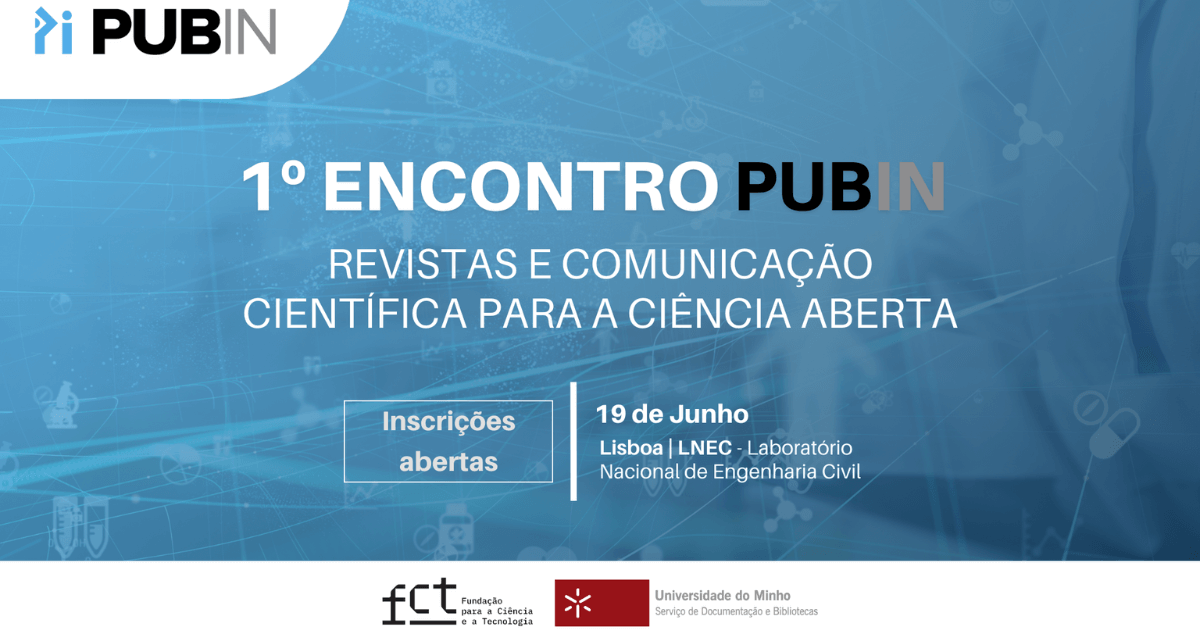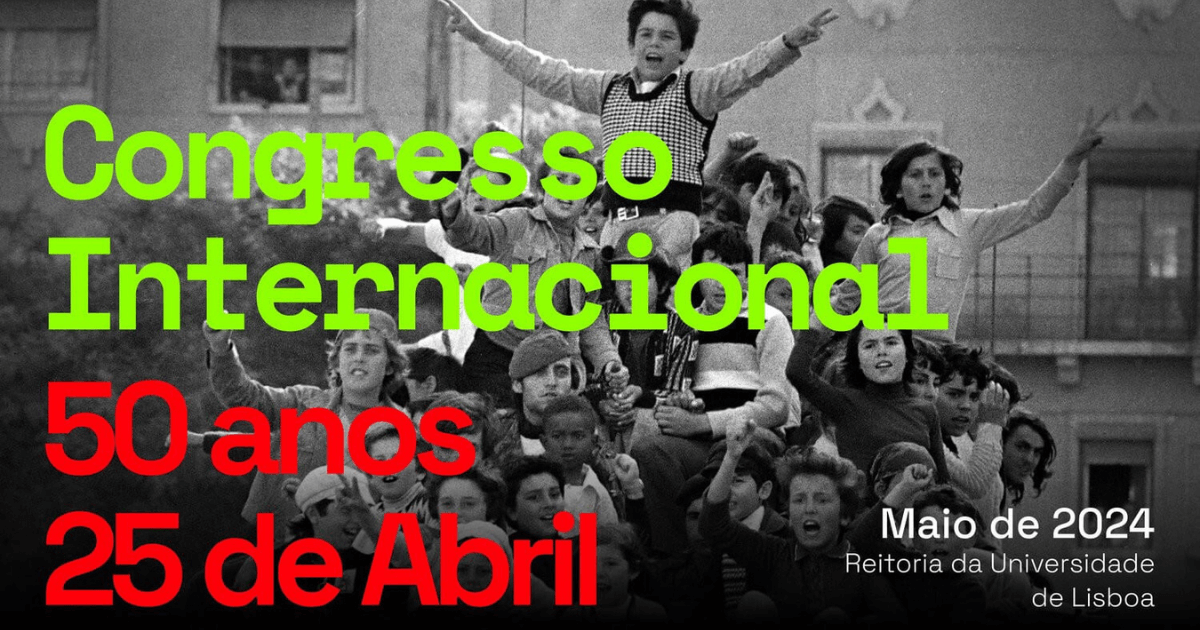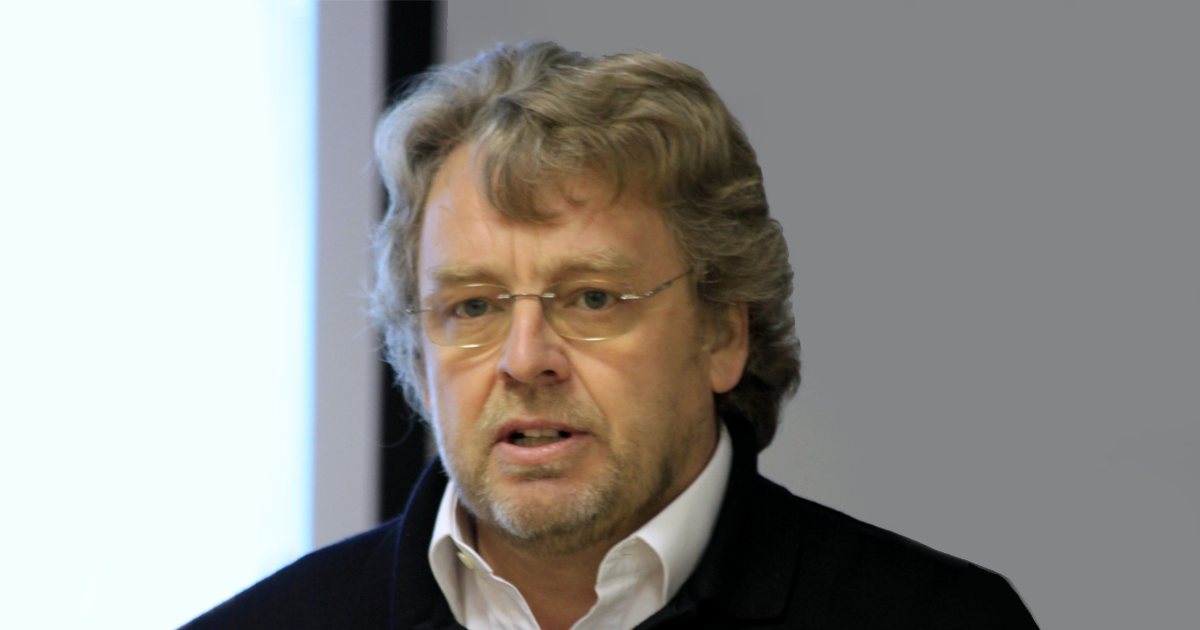
Em conversa com a FCCN, Edmundo Monteiro, Professor Catedrático da Faculdade de Ciências e Tecnologia da Universidade de Coimbra (FCTUC), e também Investigador Sénior do Centro de Informática e Sistemas da Universidade de Coimbra (CISUC), recorda os principais momentos e partilha memórias de quando participou nas primeiras ligações da internet.
#1 Assinalam-se 30 anos passados sobre a ligação de Portugal à Internet. Pode descrever-nos o papel da Unidade FCCN (então Fundação para o Desenvolvimento dos Meios Nacionais de Cálculo Científico) neste processo?
A FCCN foi determinante para a criação da rede (então designada por RCCN – Rede da Comunidade Científica Nacional e posteriormente rebaptizada em RCTS – Rede de Ciência, Tecnologia e Sociedade) que interligou as principais universidades e centros de investigação em Portugal e lhes deu acesso à Internet.
#2 Enquanto elemento da equipa que executou o projeto de ligação de Portugal à Internet, o que nos pode contar sobre esse tempo e essa experiência?
Foram tempos e experiências inesquecíveis!
Tudo começou em outubro de 1987 quando fui convidado a integrar o grupo de trabalho Fórum IP (posteriormente Internet Protocol Working Group, IP‑WG) da FCCN que tinha como objetivo a criação de uma rede IP para interligar as universidade em Portugal e lhes dar acesso à Internet.
Iniciei também nessa altura e por indicação da FCCN, a participação na associação RARE (Réseaux Associés pour la Recherche Européenne), uma organização Europeia de redes nacionais de investigação e seus utilizadores que teve como principal objectivo o estabelecimento de uma rede académica e de investigação à escala da Europa, baseada nos protocolos OSI.
Estive assim, diretamente envolvido na guerra entre as comunidade OSI e IP que, na altura tinha quase aspetos de guerra religiosa. No RARE (e na Comunidade Europeia em geral) ninguém podia falar em IP. O financiamento vinha do Projeto COSINE – Cooperation for OSI in Europe – do programa Europeu Eureka, que tinha como objetivo a criação de uma rede OSI à escala Europeia.
Em Portugal seguimos uma abordagem pragmática de seguir as indicações do Projeto COSINE (o financiamento dependia disso), desenvolvendo, em paralelo, uma infraestrutura em IP. Felizmente os router CISCO que apareceram na altura suportavam as duas pilhas protocolares. Tivemos assim as duas soluções (OSI e IP) a funcionar em paralelo, durante algum tempo, tendo a solução IP prevalecido. Da solução OSI ainda hoje se usam os Serviços de Diretoria baseados em X500 e muitas outras funcionalidades avançadas foram migradas para as aplicações IP.
A Universidade de Coimbra veio a ser ligada à Internet em 1990 através de uma solução de IP sobre X.25 e, posteriormente, em 29 de Janeiro de 1991, através de uma linha dedicada com a estonteante capacidade de 64 kb/s. Foi claramente a coisa mais importante que fiz pela minha universidade (em equipa com os meus colegas Fernando Boavida e João Orvalho) e tenho um enorme orgulho nisso!
#3 Durante as três décadas seguintes, assistimos a uma evolução exponencial da Internet e tecnologias de base. Era algo que antecipavam como o caminho a tomar no início da década de 1990? Era possível prever o seu impacto na sociedade?
No inicio, claramente, não antecipávamos o que veio a acontecer. Era só uma rede para trocar email, ficheiros e aceder às news e a fóruns de discussão. Com o aparecimento do Gopher (um antepassado do HTTP) e do primeiro browser WWW (o Mosaic) começamos a ter alguma consciência do que iria acontecer e da revolução em que estávamos a participar.
#4 Sente que o mundo online se enquadra hoje, de forma global, nos objetivos e missão que preconizavam em 1991?
A revolução da Internet transformou radicalmente e profundamente a sociedade. Trouxe inovação, desenvolvimento, informação, conhecimento, eficiência, divertimento em níveis e em escalas de tempo incomparáveis com as anteriores revoluções tecnológicas. Teve (e está a ter) um impacto claramente positivo na humanidade e no planeta. Agora, como todas as invenções e inovações, há aspetos e utilizações menos positivas e até muito negativas, mas isso não é culpa dos seus criadores
A FCCN
A FCCN ao longo destes 30 anos evoluiu igualmente. Conheça os desafios e a quem serve.



